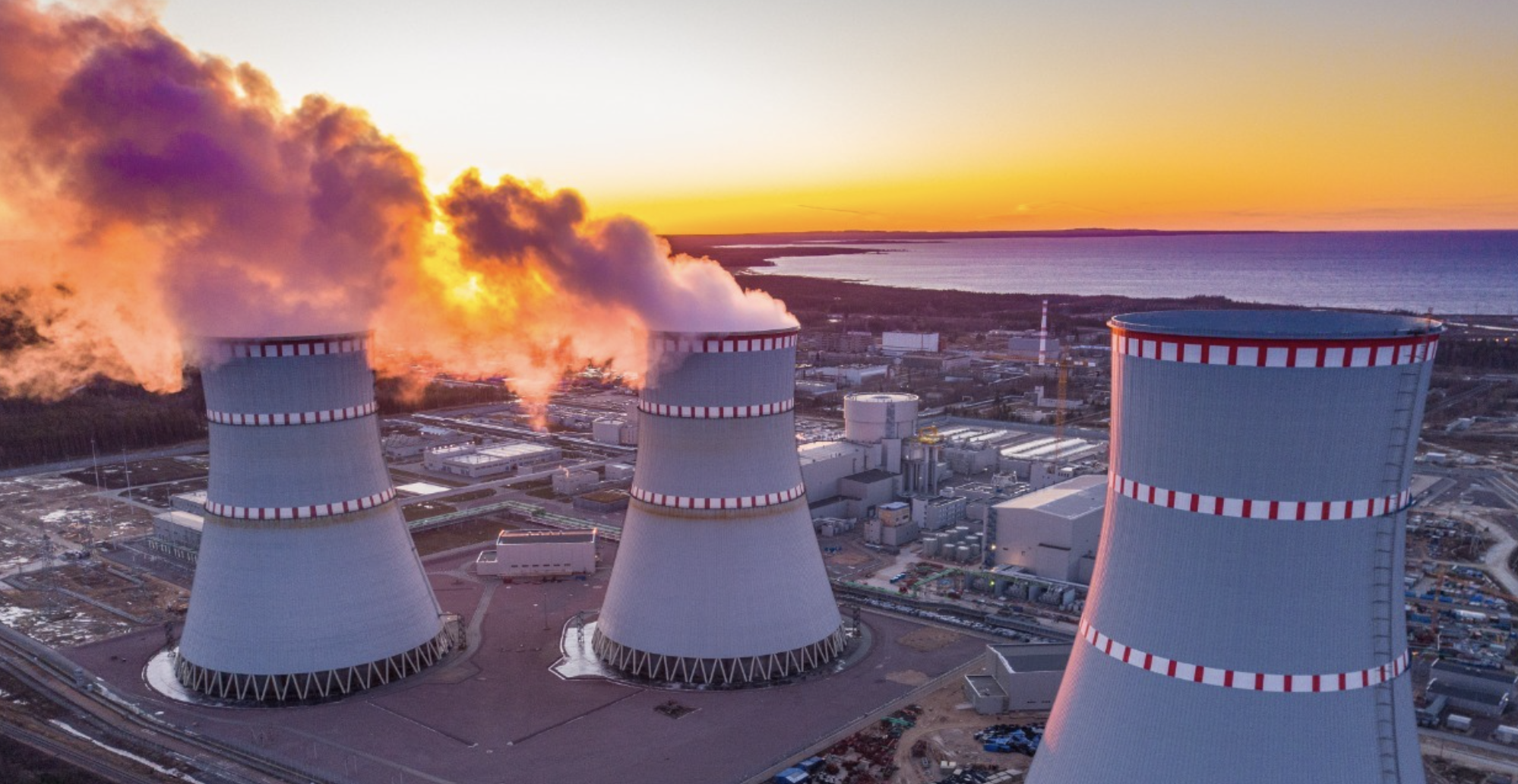In a dramatic move on April 2, former US President Donald Trump announced a new round of reciprocal tariffs affecting 180 countries. His ‘Liberation Day’ policy includes a 10% baseline tariff, with country-specific duties that match half of what each nation charges on US imports.
India has been hit with a 26% tariff, lower than China, Taiwan, and Sri Lanka, yet significant enough to rattle the markets. Dow Jones Futures fell 1.5% post-announcement, and Gift Nifty saw an immediate decline. With a 25% tariff on automobile imports, stocks of companies like Tata Motors and Samvardhana Motherson may come under pressure.

Stock Market and Economic Impact
Indian markets reacted negatively, with Gift Nifty slipping by 1.5%, reflecting concerns over the trade friction. The IT and automobile sectors may experience short-term selling pressure. However, analysts believe the overall economy will absorb the impact in the medium to long term.
India’s trade surplus with the US stands at $36.8 billion in FY24, with exports worth $77.5 billion. Despite the tariffs, experts suggest that only 1.1% of India’s GDP is tied to the most vulnerable sectors. This minimizes the broader economic impact.
“The 26% tariff on India leaves room for negotiation rather than retaliation,” said VK Vijayakumar, Chief Investment Strategist at Geojit Investments. If a bilateral trade agreement emerges, these tariffs may be revised.
Sectoral Implications
While India’s overall business ecosystem may not take a severe hit, specific industries could feel the pinch. According to brokerage firm Motilal Oswal, India’s top exports to the US include:
- Electronics (15.6% of exports)
- Gems and jewelry (11.5%)
- Pharmaceuticals (11%)
- Machinery for nuclear reactors (8.1%)
- Refined petroleum products (5.5%)
The US remains a key market for India’s pharma, electronics, and auto-parts industries. Higher import tariffs could affect profitability for companies reliant on US demand.
Despite initial volatility, a potential US-India trade agreement could mitigate the impact of Trump’s tariffs in the long run.













